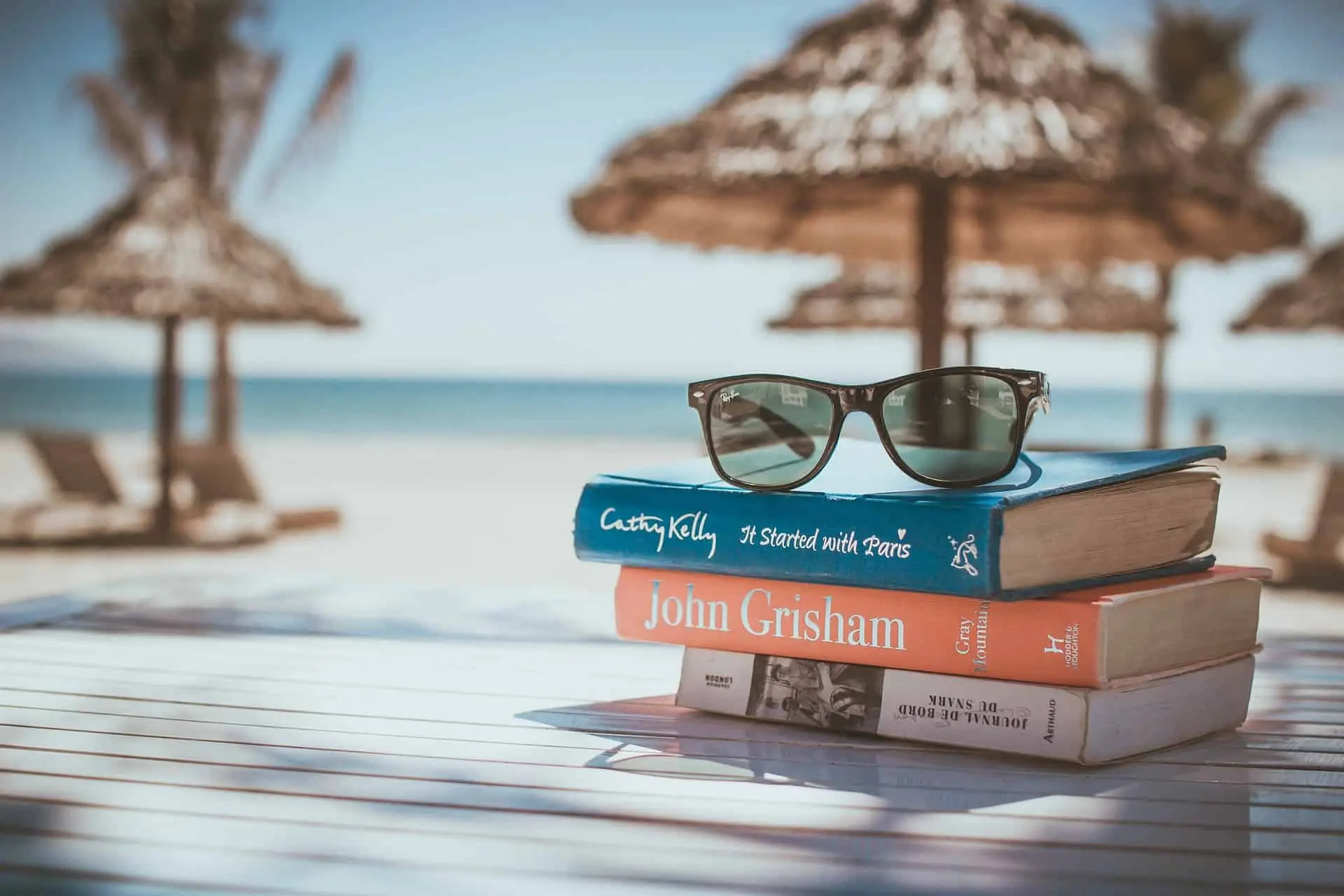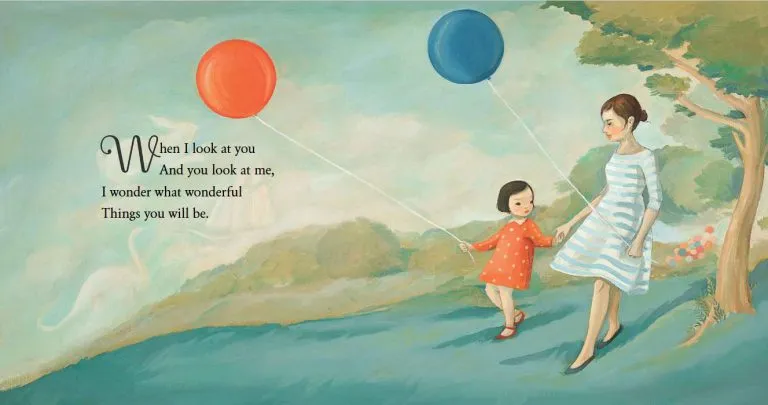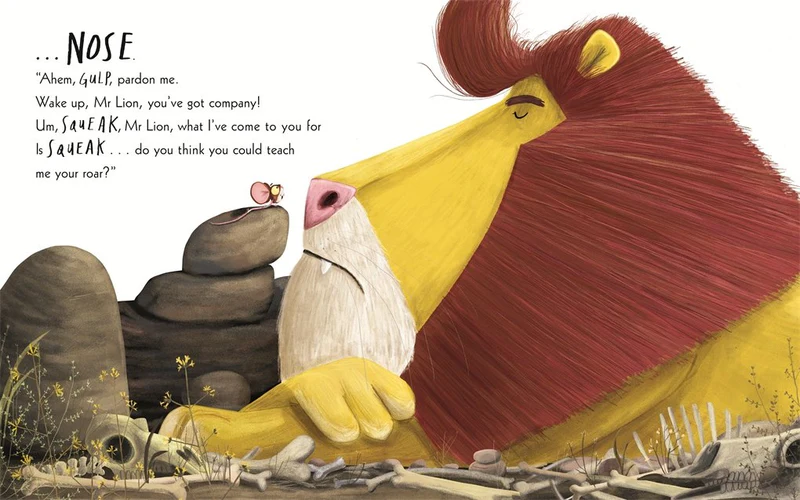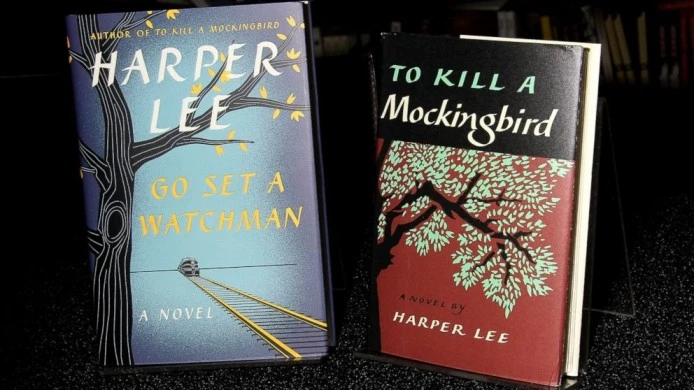A Native American Coming-of-Age and the Uses of Enchantment

James Bird’s THE BRAVE (Feiwel and Friends, 320 pp., $16.99; ages 9 to 12) is a bighearted book about Collin. Collin has a few problems. The most pressing is his compulsion to blurt out the number of letters in the words spoken to him. This leads to bullying and misunderstandings, and turns a sweet, smart adolescent into a problem child. When the novel opens, Collin has caused one problem too many for his beleaguered father, who sends him to live with his Ojibwe mother (whom he’s never met) on a reservation in Minnesota.
Off he goes on a dive into reservation life and an even deeper dive into himself. His mother is beautiful and wise. His grandmother (who turns out to be a ghost/spirit) is also beautiful and wise. His dead half brother was beautiful and wise (and gay). But most important, he meets and falls in love with his beautiful and wise neighbor Orenda — really dying of A.L.S. but convinced she is (spiritually and possibly literally) turning into a butterfly. With the help of his new family and the spirits, Collin learns to overcome his problems. The same cannot be said for the book.
The place where all this happens, Fond du Lac Indian Reservation in Minnesota, is real, and the larger world in which “The Brave” is set is our world: airplanes, cars, bullies, math, pets, parents, gravity. Spirituality and what we could call magic appear as well, apportioned to the reservation and the Native American characters only. But realistic or fantastical, fiction must create a ground-floor reality. And the floor on which this novel is built is shaky.
Every Native American in it — in addition to being beautiful and wise — is nice, brave and witty. Everything is a lesson. And none of it, to my ear, is derived from Ojibwe culture or Ojibwe life as it’s actually lived at Fond du Lac.
Reservations have long been magic meaning machines for outsiders: dirty prisons and proof of white perfidy if you’ve got a historical bent; diminished gardens tended by sage earthkeepers if you’re into folklore; troubled places where policies fail if you’re into politics. But in every case reservations are imagined as places apart, in but not of America, the land that time either rejected or forgot. “The Brave” is no exception.
At one point, Collin attends a ceremony of sorts. Ushered into a teepee with a fire in the middle, he is soon joined by four people wearing robes of different colors and holding matching stones, which they place in the fire. “The stones sizzle to life, sending gray clouds of smoke into the teepee. The heat immediately engulfs my body. I’ve never been to a sauna before, but I imagine this is what it feels like.” This isn’t how Ojibwe ceremony works. This isn’t even how physics works.
Writers don’t get to make Native American life mean whatever they want it to mean. They don’t get to do this because Native people have been erased, silenced and willfully misunderstood for too many years.
It’s especially important that they not do it in fiction for young people, which may be the only stage of life when most Americans think about us at all, as our history and present tense is inaccurately and glancingly taught to them in school.
The world depicted in “The Brave” is not Native American life as I know it. It’s summer camp, complete with exotic names and faux rituals; chock-full of crafts, bravery tests and self-discovery.
I want better books for my Ojibwe/Seneca children to read: books that add to the stock of available reality, that incorporate our Native lives in a way that informs those lives and makes them larger. “The Brave” does none of those things.




